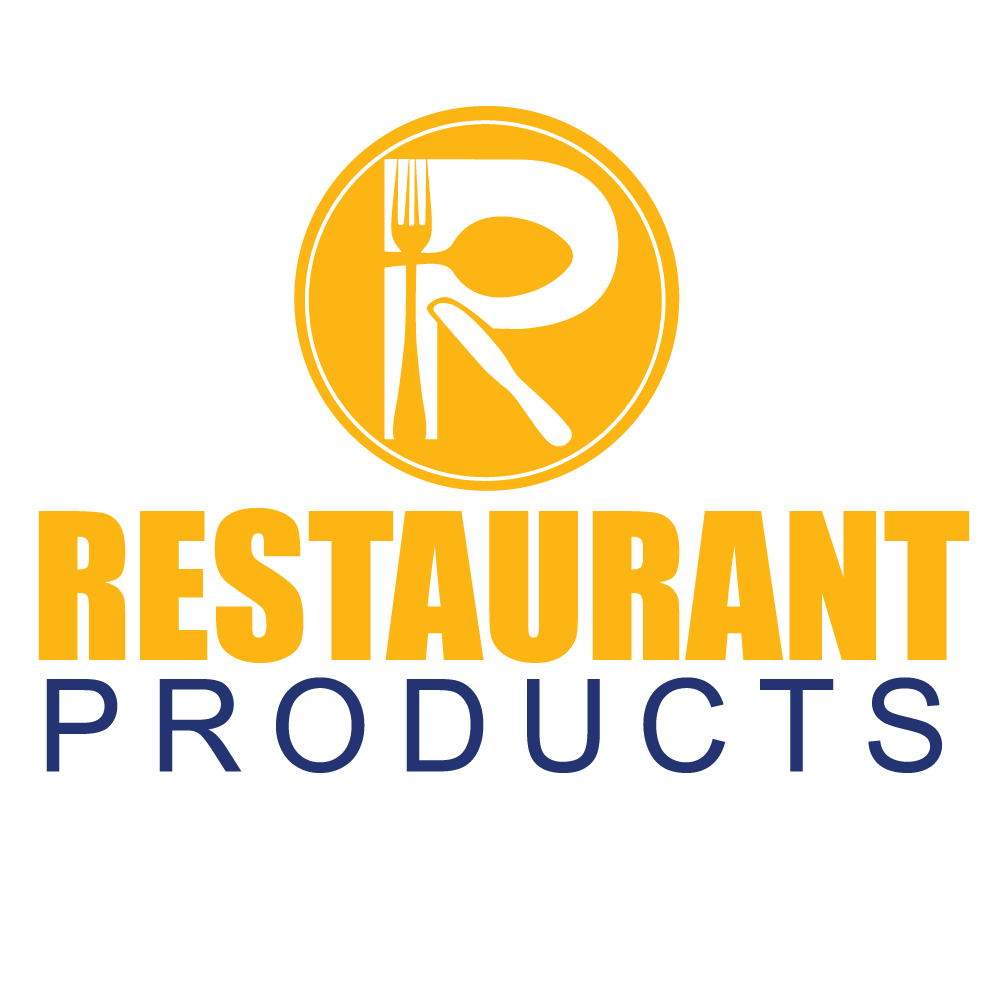What are the different spoons available in a flatware collection?
- A dessert spoon is similar in size and shape to a soup spoon (often larger than a teaspoon, too). It has a wide, deep, oval-shaped bowl. It is also called oval spoon or dinner spoon .
- A tablespoon resembles a traditional teaspoon in shape but is much larger. It can be used to serve and also called serving spoon .
- A bouillon spoon is generally smaller than a regular soup spoon and have a round bowl.
- A classic teaspoon is part of most traditional place settings. It is used for a wide variety of items from coffee and tea, to desserts, cereal, and soup. It is what most people envision when they think of a spoon.
- A European dinner fork is generally larger and heavier than a traditional dinner fork. It is usually used during formal occasions and can be found in many higher-end restaurants
How to care for stainless steel flatware?
We get this question from many of our customers, specially home users: are our flatware collections dishwasher-safe? All our flatware collections are made for commercial use. Hence they are "commercial " dishwasher-safe and rust and corrosion resistant under proper care & maintenance. The difference is that the dishwashers we use at home usually operate at lower temperature. Also, we don't pay attention to the type of detergent we use or the process we follow to wash and store them.
In general, this is what we recommend to all our commercial and home users:
- Hand-wash your new stainless flatware before your first use.
- Rinse foods from flatware, especially those with high salt content like butter with sponge or rubber scraper. Acidic foods and alkaline such as citrus, diary enzymes, salad dressings, vinegar, salt mustard, mayonnaise and eggs can cause discoloration, etching and pitting if not removed promptly.
- Pre-soak your utensils for no more than 10 minutes before running them through dishwasher at high temperature.
- Quality commercial dishwashers ensure that the timing and temperature for cleaning your flatware are spot-on. Flatware needs higher temperatures and should be washed at a temperature of at least 135F and rinsed at 180F for proper sanitation.
- Keep your knives separated in their own basket, with blades pointed down.
- Try using less detergent, and avoid ones with lemon or chlorides if possible.
- Don’t let your flatware sit in your dishwasher after wash and dry cycles. Take them out of the dishwasher immediately and thoroughly wipe them down with a cloth or towel.
- Store them somewhere it will stay dry.
- From time-to-time, use a stainless steel polish, or Bar Keeper's Friend to remove spots.
- Areas where water is hard, use water-softner. Hard-water easily corrodes your flatware.
Please remember careful handling will prolong the life and luster of your stainless steel tableware!
